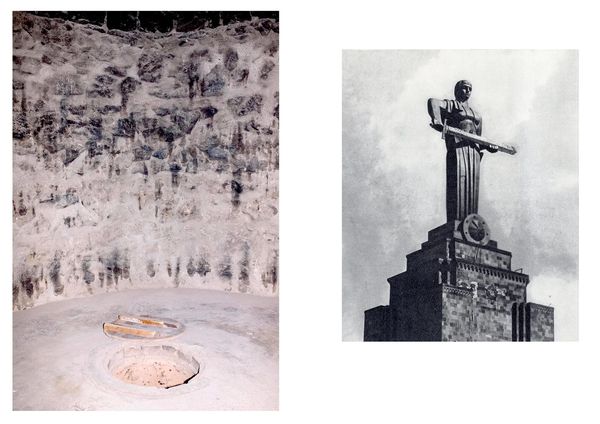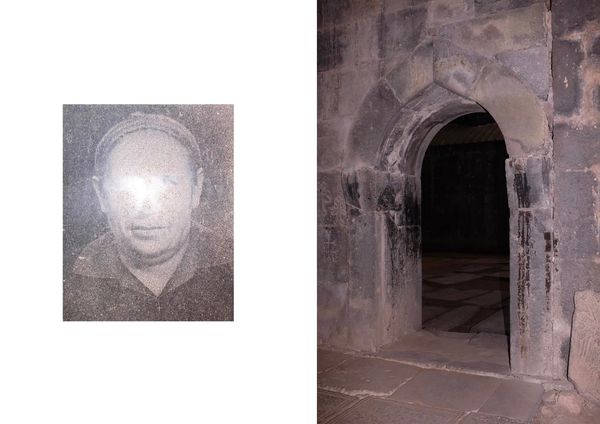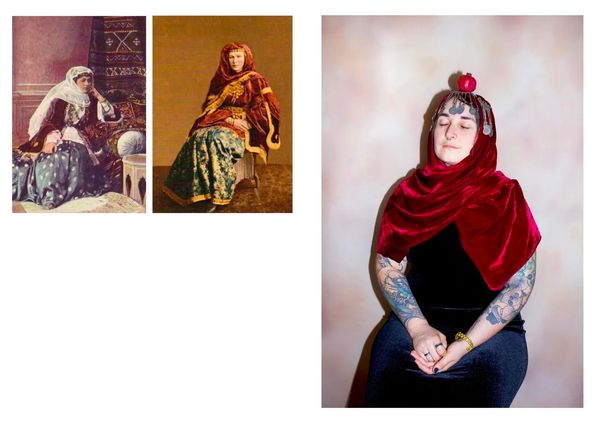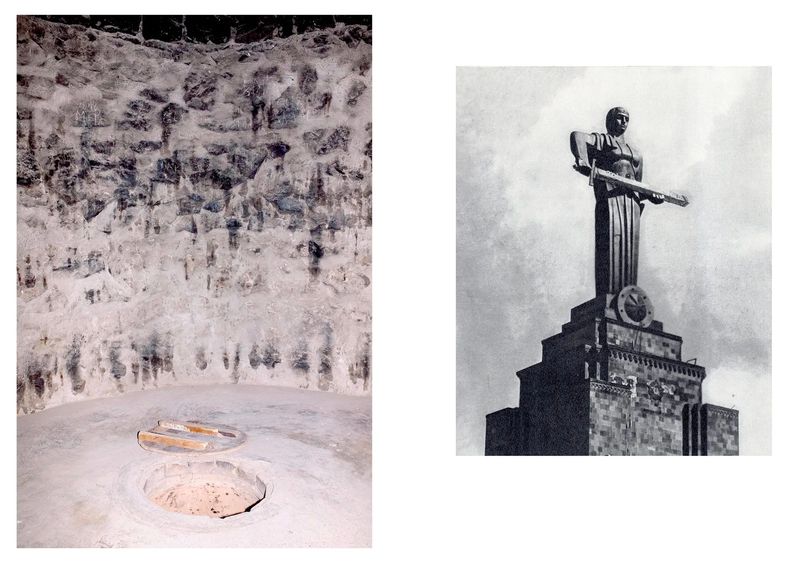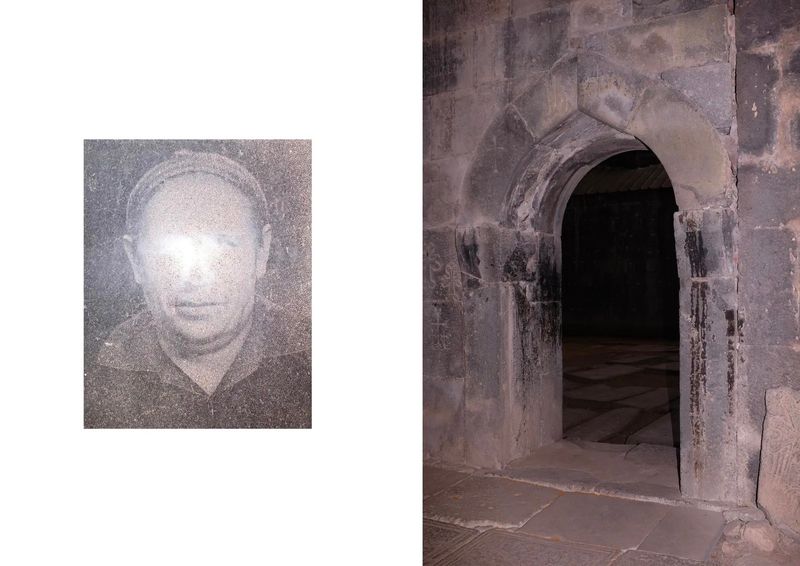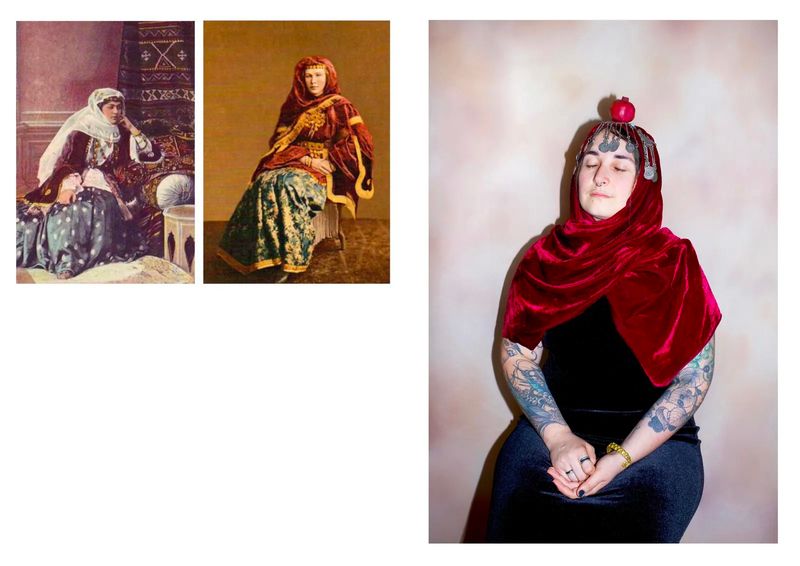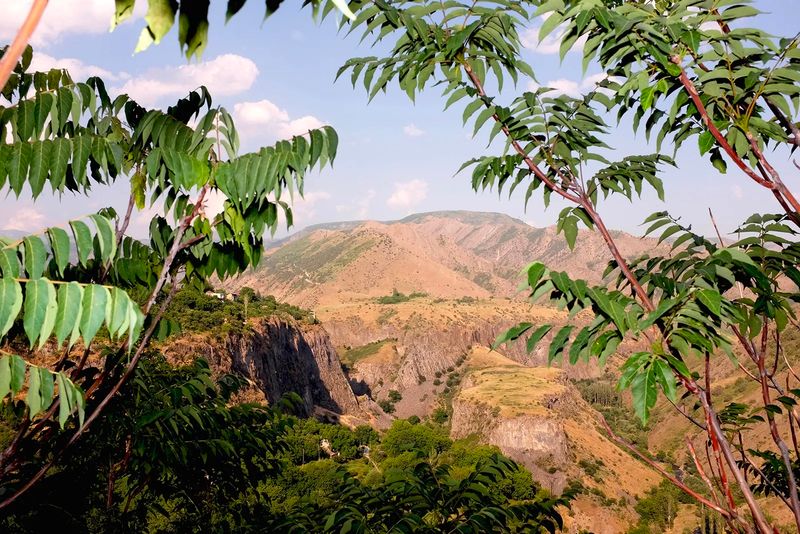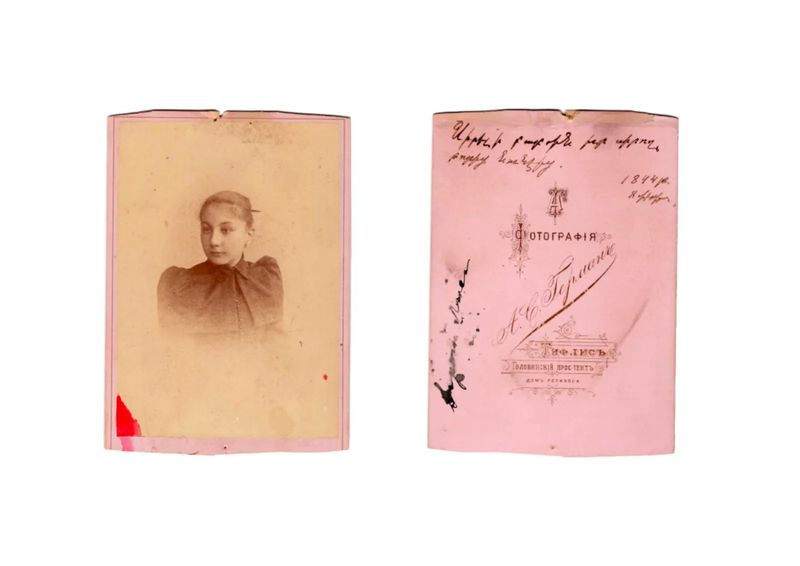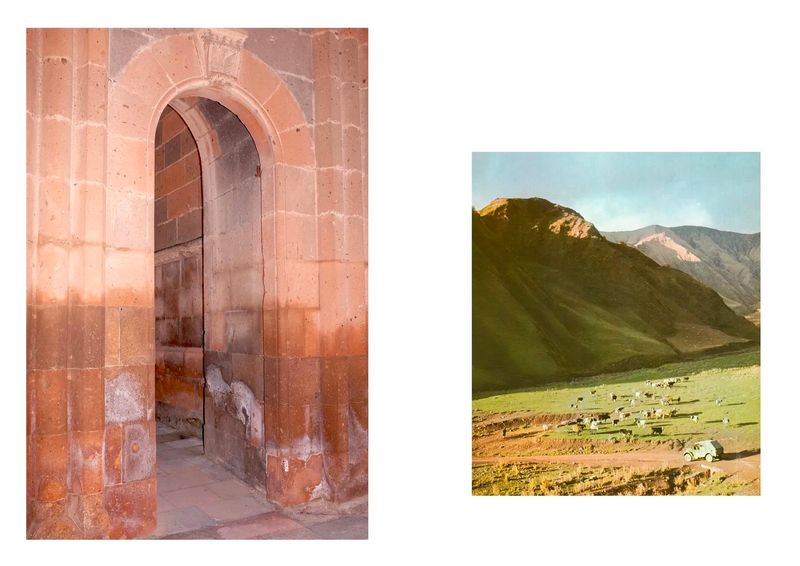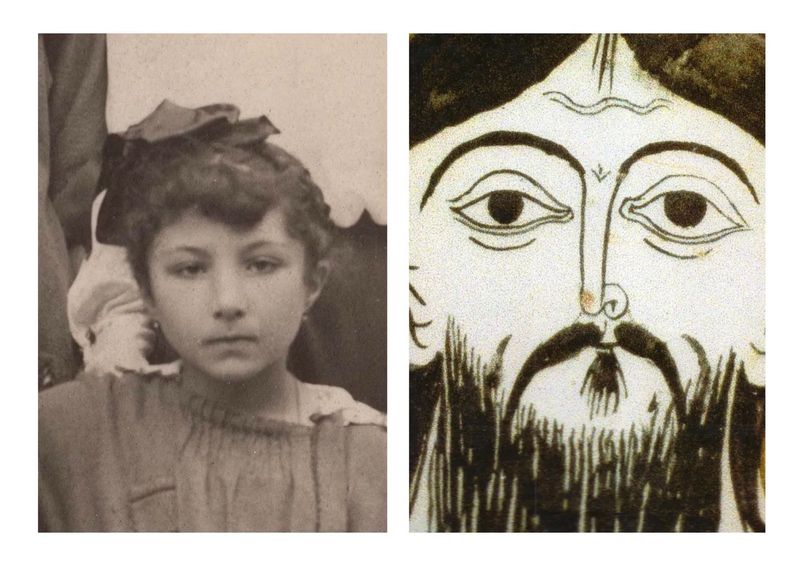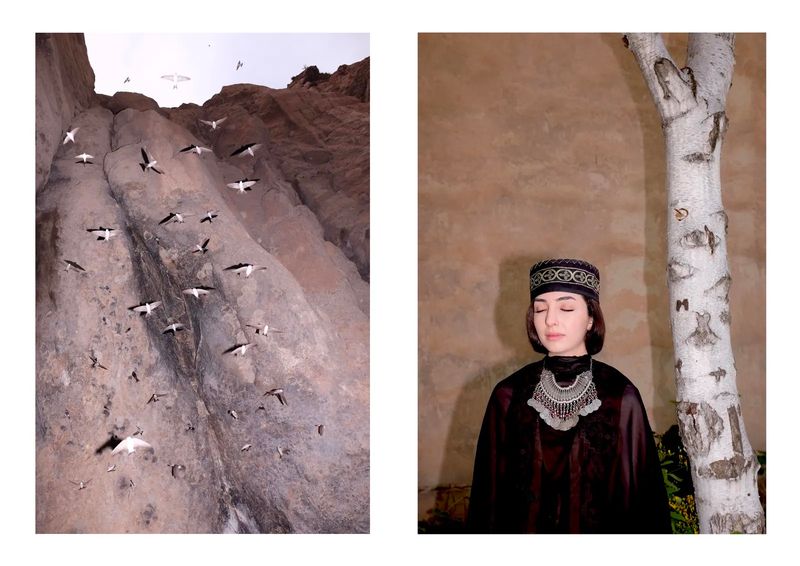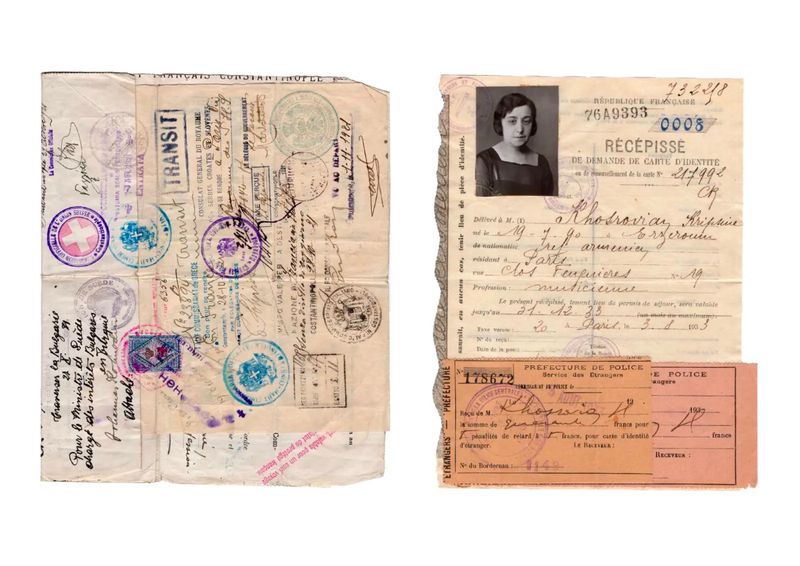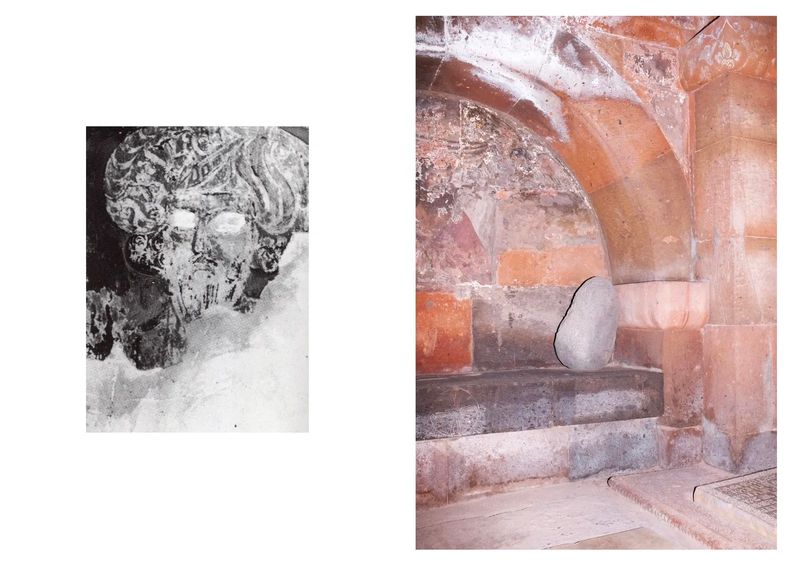Camille Lévêque's Inheritance of Trauma
-
Published4 Oct 2023
-
Author
- Topics Contemporary Issues, Editorial, Social Issues, War & Conflicts
With her work, Tsavt Tanem, French photographer Camille Lévêque explores the generational heritage of trauma across the legacy of three generations of Armenian women.
Before moving to Armenia, her family's country of origin, where she would reside for nearly two years, Camille Lévêque traveled to Eastern Turkey first. In some ways, it was a symbolic journey—a site with a profound, twofold significance.
Eastern Turkey was home to several ancient monuments and ruins that spoke of Armenian culture. However, it was also the location of some of the most devastating episodes of the Armenian genocide—a place of history and remembering, pain and eradication. The vista was dominated by Turkish flags, evoking an emotional resonance. “It was painful to be there and watch [it], but I was also glad that some things remained and not all of it was destroyed.”
Lévêque’s work, Tsavt Tanem (If You Take Away Our Pain, What Is Left Of Us?), investigates the generational inheritance of trauma within the context of her own family's history, specifically three generations of women—herself, her mother and her grandmother—before expanding it to a broader vision of displaced Armenian communities and beyond.
“It's the heritage of trauma, the way people communicate in displaced families within generations, the way these traumas are inherited, whether it's conscious or unconscious,” Lévêque says.
A third generation Armenian born and living in France, Lévêque traces the story of her grandmother who, at 9, survived the Armenian genocide: Her family escaped twice, first to Russia, then, fleeing the revolution, to France, which became home.
Lévêque observes this recurrence of fleeing, a recurrence in trauma, history repeating itself. “It's quite present in the work, this idea of cycle or repetition of trauma. My name is French, my passport is French, but I was raised with this story, this background.”
Sharing a similar experience, people of her generation have a close connection with the family's elders, as well as with Armenia. It’s been simpler for them to communicate with their grandparents—a proximity that has heightened the desire to study the language, learn about their ancestors’ homeland. For Lévêque this turned into a desire to study, delve into a history she’d copiously heard about but had been partly shielded from.
However, wedged between the two generations is one—her parents’ generation—that is still “traumatized,” Lévêque argues.
“The generation of our parents is a generation that is wounded. They lived the trauma of their parents, [but] they were not told any stories. They were left with a big taboo.”
Lévêque's generation is pulling back the curtain in an attempt to obtain a deeper understanding. And the duty of photography is located in this full reexamination—made up of horal stories, investigation, and attentive listening.
For Lévêque, photography is an empowering instrument for telling the truth, but it also becomes an instrument for distorting such truth. “It’s a thin line,” she says. “If I want to create stories where I distort or I reinterpret the truth, I have to know what the truth is.”
She construes and creates the narrative through repurposing images, stretching the boundaries of documentary and photojournalism, allowing complex visual components to tell tales, adopting photography as a language.
“You can use this language to tell everything you want and you can have liberties to play with reality, fantasy, the truth. You can try to show things that are impossible to show, that are intangible.”
A lengthy period of research precedes the critical moment of creation. The narrative arch is made up of several elements: archival photos; contemporary images; and, for what is yet to come and just imagined, a place of fantasy within the pictures. Memory can play tricks and become inaccurate, but that inaccuracy also becomes “the reality of it,” Lévêque says. There are gaps in the story, as there are in everyone's lives, as well as unknowns. How to fill the blanks? This space may allow a widening in the scope of the narrative, making the issue of the Armenian diaspora more comprehensive, about diaspora in general. It’s no different for descendants of the Holocaust, slavery, or the colonies—she points out—to pass down the inheritance of trauma to subsequent generations.
“It's a community that is continuously talking about the past, focused on how they represent themselves individually and collectively,” she says about Armenians.
What would happen if the pain was taken away, as the title implies? “Tsavt Tanem” is a common phrase frequently heard throughout the day in Armenia— the concept of accepting the sorrows of others in the community, and processing the trauma together.
But there is not closure for Armenians. The community, which is so focused on the past, also considers the present, where persecutions continue in the Nagorno-Karabakh region. Grief is still present, and these questions remain unfathomable because real peace never comes.
“It's really a matter of this trauma that is never cured and we’re relieving again and again,” Lévêque says. “It's hard to give the scale of what it represents. Even if we live in France and we are far from the situation, we ache in ways that we can’t really express.”
--------------
All photos © Camille Lévêque, from the series Tsavt Tanem
--------------
Camille Lévêque is a photographer born and raised in Paris, France. Her works explores relationships, matters of identity and origins—often looking at family as the cornerstone. Find their work on PhMuseum.
Lucia De Stefani is a writer focusing on photography, illustration, culture, and everything teens. She lives between Italy and New York. Find her on Twitter and Instagram.
--------------
This article is part of the series New Generation, a monthly column written by Lucia De Stefani, focusing on the most interesting emerging talents in our community.
